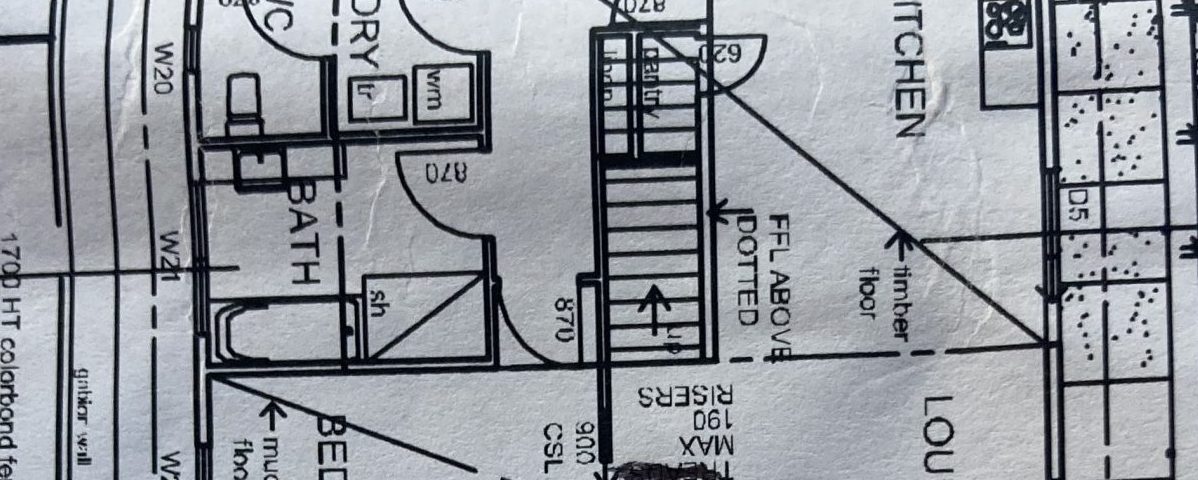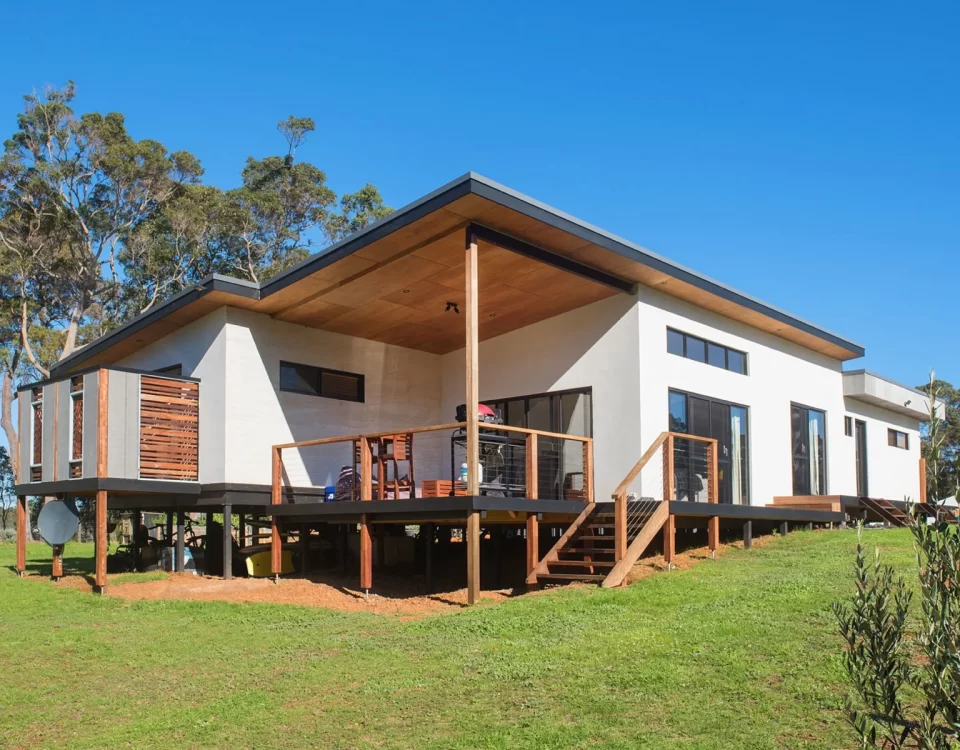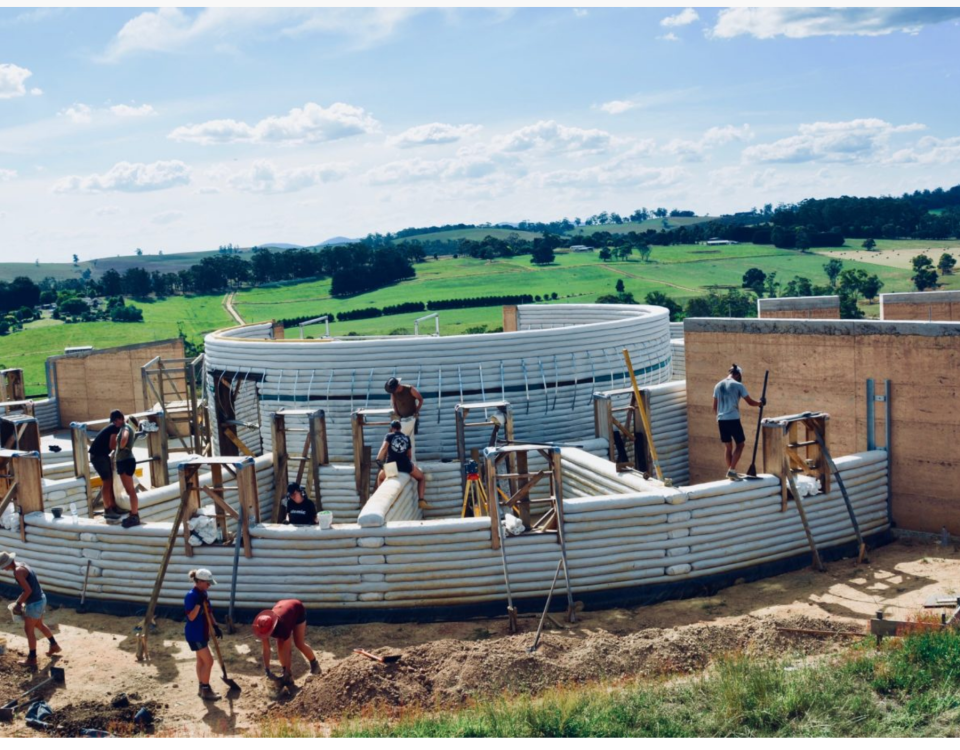
Natural Building, finance, insurance and regulations – the boring but important stuff
16/08/2023
Sustainable Tourism – the natural building way
28/08/2023So you want to be a building designer?
For many of us, the time and price tag of a full architecture degree is just out of the question. Sometime there aren’t any good courses or schools nearby, or the entry score is prohibitive for some who didn’t complete secondary school or were unable to get in to higher education.
But there’s now an alternative that is often being sought out by those on the margins who are looking for people who have not been taught by the mainstream institutions, but who can sit down and discuss what you want, what you can afford and how to design the best building and envelope for you based upon price and environmental design.
Building designers are not the same as registered architects, but they do fulfill many of the same roles as an architect in building design, with the main exception being that under the current state codes in some states, a licensed building designer is not able to do full project management including project administration. Your chosen designer should work with you to develop a design that suits both your lifestyle and your budget.
A building designer uses a lot of skills – from design, construction, legislation and regulations, town planning, building information modelling, presentation, and drafting and documentation of residential, industrial and commercial buildings.
Be wary of those who call themselves architects without the paperwork to prove it. Even if a person has several degrees in architecture and many years of professional experience, it’s illegal for them to trade as an ‘architect’ if they’re not officially registered as one. Academically speaking, architects study both the art and the science of building design in considerable depth.
A draftsman might be the right choice for you if you do not have the budget for an architect, if you already have a very clear idea of what you want, or if the project is not very complicated.
So what is a building designer?
There are a couple options for become a building designer.
You can complete a Diploma of Building Design (CPP50911) through TAFE or Registered Training Organisation. These are currently being offered in most states and are far more flexible and appealing in terms of how long you can take to finish the course, and the price of the course itself. There are even places such as the Digital Construction Academy that offer building design courses that are 100% online. You can also complete a Bachelor degree majoring in architecture at university and/or gain experience and transferable skills through roles in construction, drafting, building and industrial design.
Building designers will need to complete an Advanced Diploma of Building Design which usually takes around 2.5 years to complete full time or four years part time. Your building designer may not have a degree but can still perform all the duties of an architect, to a maximum of ten stories.
Building designers are, in essence, the middle ground between a draftsperson and an architect. They have more training and licensing than a draftsperson, but typically don’t carry the same hefty price tag as an architect. The experienced building designer and client go through a series of steps to arrive at the desired space or building. Building designers should be attuned to passive solar principles, and what constitutes good design especially if you look for someone who specializes in natural materials (head to our directory page to check out the few we have there).
A good designer will have a chat with the client to understand the outline of their ideas and try to find a solution that fits the budget. The first phase informs the building designer of the goals of the owner and the boundaries of the project. It includes collecting and organising the information and ideas that will drive the project. It is important that the client expresses their desires for the project, which in turn enables the designer to learn the functional requirements and the imagery and style desired by the client. Building designers will then go through a series of steps to bring the project into focus.
Many states don’t regulate building designers the way they regulate architects. In Victoria, however, building designers must be registered with the Building Practitioners Board. This keeps Victorian home builders well protected and maintains high standards amongst the state’s building designers.
To find out more head to the website of the Building Designers Association of Australia




